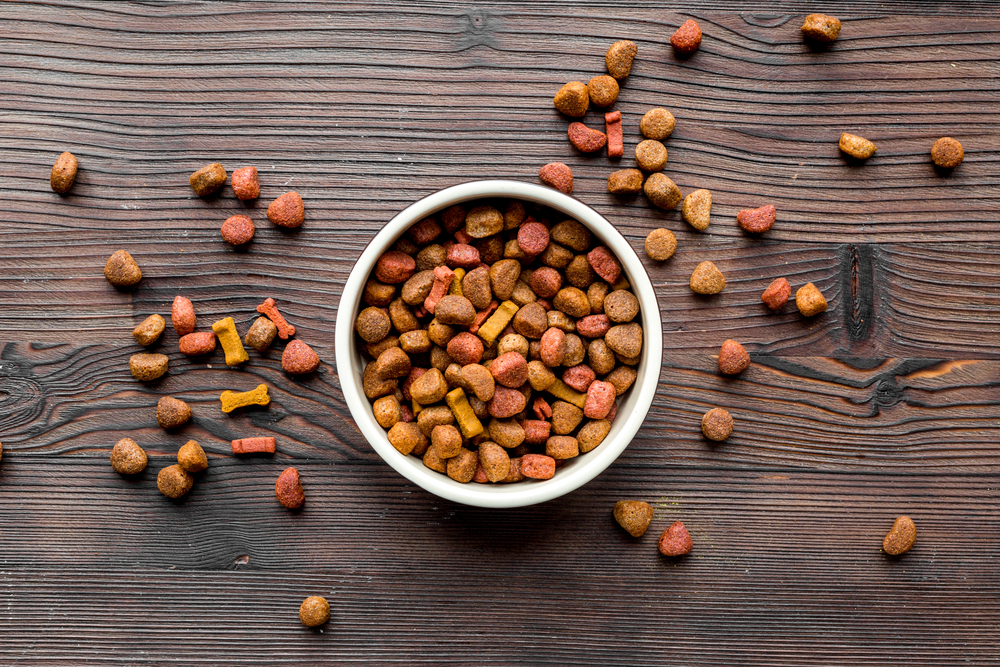A Guide to Choosing the Best Dog Food
There can be no hesitation while stating that a dog is man’s best friend. While most of us are fond of our furry friends, some of us have taken to nurturing these animals as if they were family. We might call them pets, but the truth is, we treat them like family.
For years, it has been seen that we take them in as pups and educate them about the mannerisms of the world.

Therefore, it is only safe to assume that one would be very careful and calculated about how they feed their baby. One would also want to understand what and how often to feed their child. Here is a brief guide on how you can pick the best kind of dog food for your little, or not-so-little pet dog:
Understanding the need
Dog food is made and manufactured for the consumption of dogs and other related canines. Dogs are carnivores. Hence they have sharp, pointed teeth that are designed to chew tough meat of any kind.
Although dogs have evolved over the years to survive on meat, non-meat scraps and leftovers from human food, they are known to thrive on a variety of food types. Hence, one needs to understand the requirement of your feline pal before choosing the best dog food.
Know the various options
The best dog food can be classified into one of the below categories:
Dry dog food
This kind is the general variety you purchase from your local supply store. It has very less moisture to it and is generally in a dehydrated form of the original product.
Wet dog food
This variety of dog food is higher in moisture in comparison to the above. It is generally canned and commercially sterile. It is believed that this option is higher in protein and fiber.
Raw dog food
As the name suggests, this category comprises of the form of dog food that is not processed commercially and is raw.
The way you would choose the category of food for your dog would depend on the diet or regime he will follow. In some cases, the vet would prescribe a certain kind of food to your pet, in which case, it is best to follow the same.
General feeding guidelines
Most pet owners consult a vet on general guidelines around feeding their dogs. The vet advises on what to feed your dog, how much to feed, how often you should be feeding him and what should the food be rich in.
Most of this is based on your dog’s breed, age, and physical conditions (if anything in specific). While you could try to figure this out on your own, it is helpful if you consult fellow dog owners as well. The end result here would be that it will help throw some light on what kind of food is best for your dog.
Storage and contamination issues
While you are out there deciding and picking the best dog food for your doggy, it is imperative that you think of the storage situation as well. Most pet owners purchase food supply in a large quantity, which lasts a month, or sometimes, more than that. Therefore, it is necessary that precautions are taken while planning the storage as well.
One must think of brands that can last long enough and also check the manufacture date before the purchase. Some of the most common contaminants of dog food that have been found in the country which are melamine, salmonella, mycotoxins and other forms of bacteria.
Ingredients to consider
The composition of the best food you feed your dog is of high importance. Although the ratios of various components depend on the breed of your pet, it is safe to ensure that you are giving him a balanced diet, like you would for yourself.
The dog food should comprise of protein, fat, some form of essential oils, fibers, minerals and a whole lot of vitamins. Always make sure that the brand of product you pick up for your pet, has good reviews and is also tested for allergies because you never know what your dog might be allergic to.




